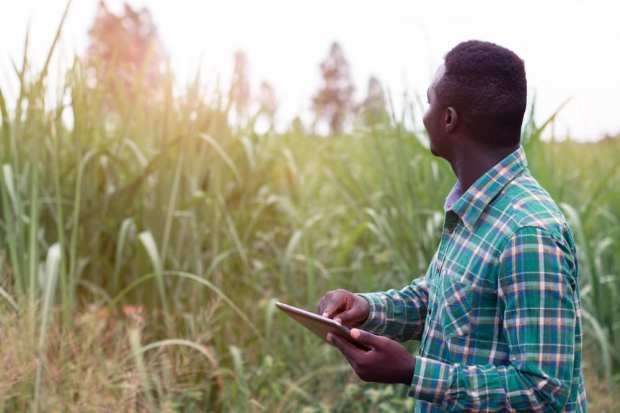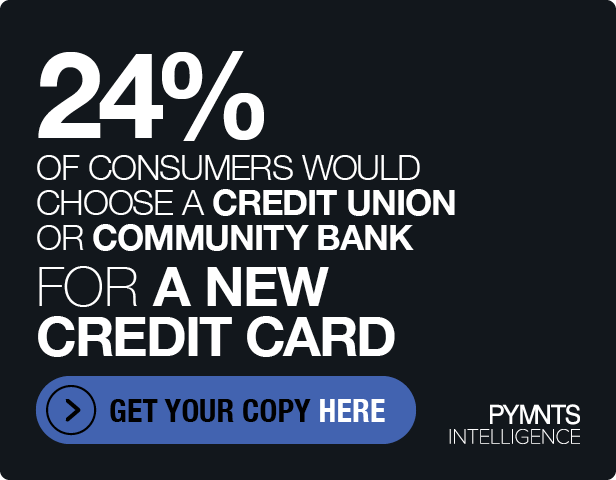Sowing The Seeds Of Agriculture Banking Modernization

The farming and agriculture industry remains a pillar of society, and some of the world’s largest banks — like France’s Credit Agricole — first began as institutions to finance small farming businesses.
But today, in some markets like the U.K., the agriculture sector is widely ignored by big banks and FinTechs. As a result, small- to medium-sized businesses (SMBs) in the industry have missed out on many of the benefits of finserv innovation and technology, despite the industry’s often-overlooked embrace of digitization.
“We’ve had GPS-guided machinery and precision farming in place for a decade,” said Tim Coates, co-founder, chief customer and regulatory officer at Oxbury Bank. “We’ve been doing data analytics by digitally mapping the fields for five years now. Actually, it’s financial services that are behind what farming needs: a technologically-advanced approach.”
After securing its full banking license in the U.K. earlier this year, Oxbury is building out its offering specifically for the farming and agriculture business. In a conversation with PYMNTS, Coates discussed the unique aspects of the industry that make it difficult for other financial institutions (FIs) to adequately service the market, and how an approach that combines payments with financing can most effectively address those challenges.
Cash Flow’s Seasonality Issue
While SMBs of all industries can present an array of risks for lenders, the farming industry operates with a unique business model that can complicate cash flows.
“Agriculture has an inherent seasonality issue,” Coates explained. “A crop planted takes nearly a year to grow before you can sell it and take the proceeds — and there are ongoing costs through that year. So short-term working capital financing is essential, but in the U.K., [this] is where the banks have been retreating.”
SMBs with such seasonality restraints are rarely considered viable or profitable funding targets for traditional lenders, unless a financier is well-versed on the particular risks of the sector, as well as how they can be mitigated in the financing process. As a result of banks’ withdrawal from the market, Coates noted that suppliers in this space, including sellers of seed, animal food, pesticide and other necessary products, are often forced to sell on trade credit.
It’s an overall unsustainable way to finance the agriculture supply chain, particularly as the industry continues to face growing pressure to ramp up production volume while keeping costs low, he said.
Oxbury is stepping into the banking sector in the context of agriculture financing, wielding a Big Data underwriting strategy that combines use of traditional underwriting metrics with industry-specific assessments based on historical data from events like disease and drought. Artificial intelligence (AI) and machine learning (ML) technology can then model various future scenarios based on ever-changing industry risks, like climate change or shifting international trade agreements.
Streamlining Banking, Promoting Choice
Adding to Oxbury’s flagship product, Oxbury Farm Credit, is its recently-announced partnership with ClearBank, which enables Oxbury to loop into various U.K. payment schemes, including Faster Payments. In B2B supply chains, financing and payments are intrinsically linked, a fact that guided the bank’s user experience strategy.
As Coates explained, Oxbury’s banking platform also acts as an invoice management portal. For agricultural industry buyers, invoices are received within the Oxbury portal and can immediately be financed via the bank, or be paid as a result of its access to payment schemes. Eventually, he said, the bank will introduce a functionality for vendors to receive payment on the platform as well, which will take advantage of the industry’s already widespread adoption of high-quality, electronic sales data.
The FI’s support of Faster Payments is also critical to this sector as a way to accelerate cash flows to vendors that have traditionally been stuck waiting to receive payment. But use of Faster Payments doesn’t necessarily mean buyers have to pay an invoice immediately; rather, it means that once a company does initiate a payment, the vendor will receive it in near real time.
Choice is essential for businesses in the farming and agriculture space, Coates noted. That could mean providing choice for a buyer to finance payables or to settle an invoice. It also means enabling industry players to continue using their existing bank, with partnerships and open banking presenting the opportunity for new industry players like Oxbury to seamlessly support functionality off-platform.
Although farming is one of a few sectors that has not seen significant contraction as a result of the pandemic, the industry’s biggest challenges are likely ahead as a result of climate change and other, less foreseeable threats. Coates said it is vital for financial services players to support the agriculture industry’s banking and finance needs to help guide these businesses through market pressures.
“Farming is fundamental,” he said. “Everyone needs the output of the industry, and that isn’t going to go away. It’s a fundamentally resilient sector, but it does have a lot of pain points that need to be taken away if it’s going to thrive.”
